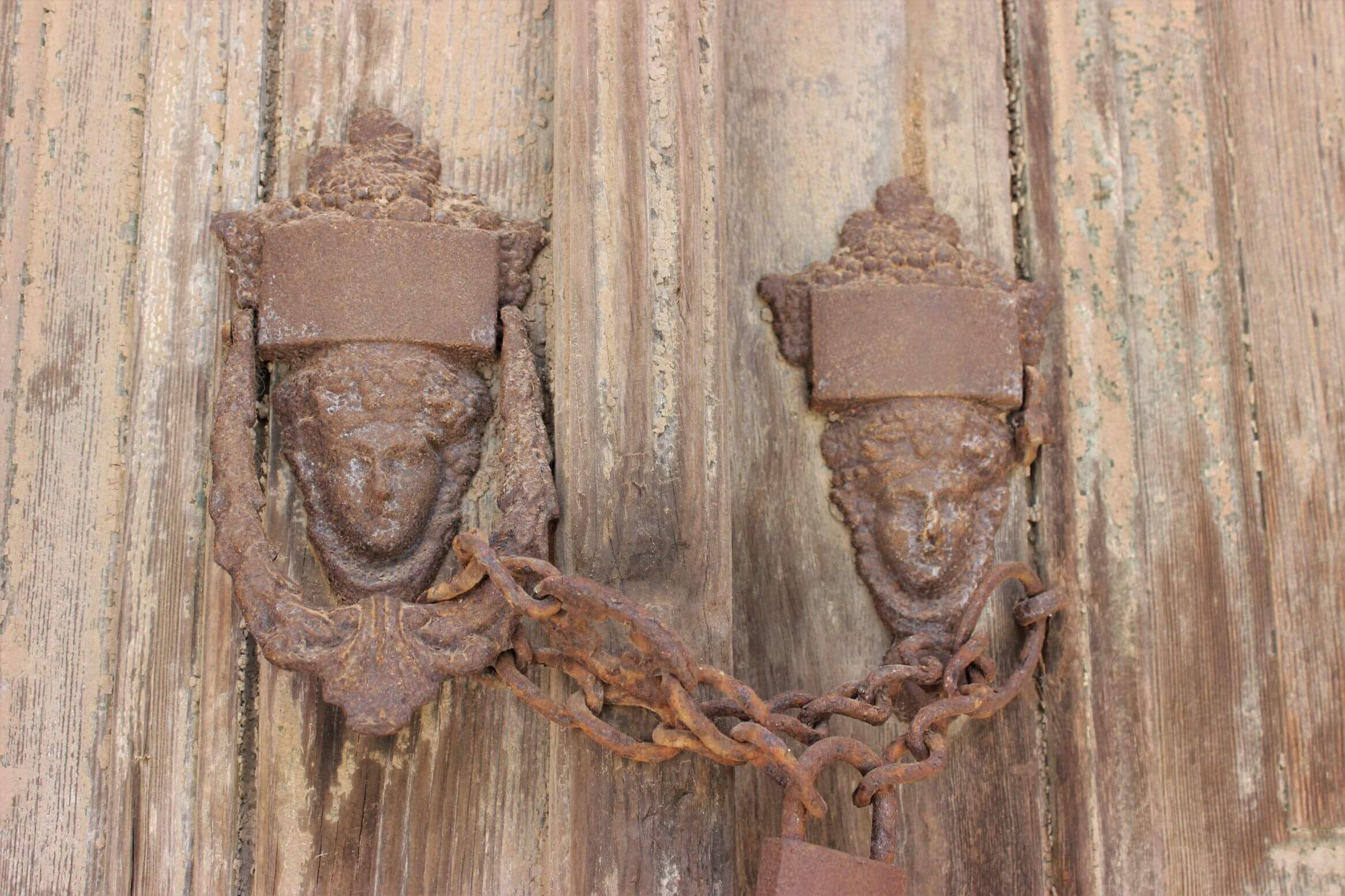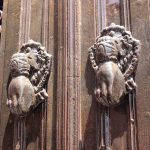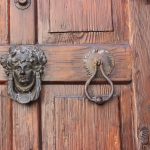
Historical doorknobs are not just ornaments, they are “emojis” that contain important messages with the figures they have! The study presented by the Near East University at the 7th Mediterranean Social Sciences Congress deciphers the messages of the doorknobs used in Cyprus, Gaziantep and Cunda Island!
Historical doorknobs, as the most important complement to wooden doors, are historically and architecturally very important symbols. Moreover, in addition to their aesthetic beauties, they also give important clues about the culture of the region in which they are used. Doorknobs were also used as a means of messaging between the visitor and the host. From the symbols of the doorknobsIt is possible to get answers to many questions such as the socio-economic status of the owner, his belief, whether the household is of marriageable age or not, etc.
The results of the study titled “Functions and Visual/Formal Analysis of Door Knockers” by Near East University Faculty of Fine Arts and Design graduate student Sevgi Özkıyıkçı and lecturer Assoc. Prof. Dr. Yücel Yazgın, which they presented at the 7th Mediterranean Social Sciences Congress, aroused great interest. The study of Sevgi Özkayıkçı prepared on the basis of the master’s thesis completed under the supervision of Assoc. Prof. Dr. Yücel Yazgın attracted attention to the historical knockers used in Cyprus, Gaziantep and Cunda Island as well as indicating the culture of the region and the houses they are used in.
Many messages are hidden in the doorknobs!
The study presented at the congress is quite interesting in that it reveals that doorknobs are not only used for ornamental purposes. Doorknobs are also social tools that promote, carry and reflect the material-spiritual power, marital status, gender, culture and lifestyle of the people of the houses they belong to. According to the research, the most commonly used figures on doorknobs are animal heads, animal bodies, flower motifs, female hands, human heads of two different genders and ring forms.
For example, lion heads and dragon doorknobs symbolize the economic power of those living in the house. Doorknobs with hand figures mostly symbolize the marital status of people living at home. For example, in hand-figured doorknobs, if there is a ring on the ring finger, it means that everyone in the house is married. If the ring is on the middle finger, a fiancee lives in the house; If there is no ring, it symbolizes that there are still single individuals living in the house. Doorknobs using ring forms carry the message from outside to inside. In doorknobs with rings, two rings are used, one of which is heavier and bigger, and the other being smaller and lighter. If the visitor is a man, he uses the big ring to knock on the door; the woman uses the small ring. Thus, the household learns the gender of the guest. In addition, the ropes attached to the doorknobs are also important messaging tools. If the owner is not at home, he informs the visitor with a rope tied to the doorknob. If the rope is short, it symbolizes that he will return soon, if it is long, this tells that he is far away.


